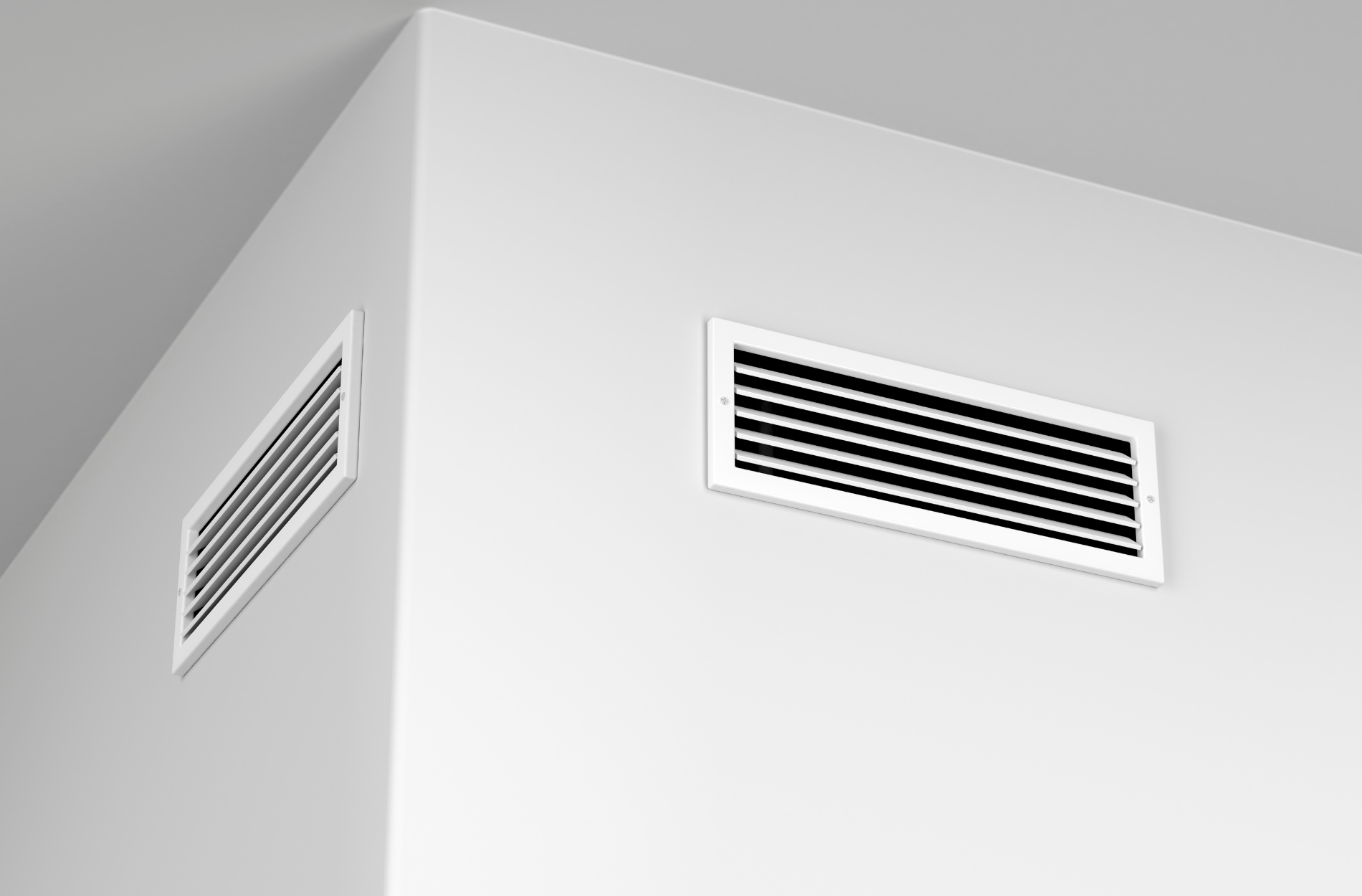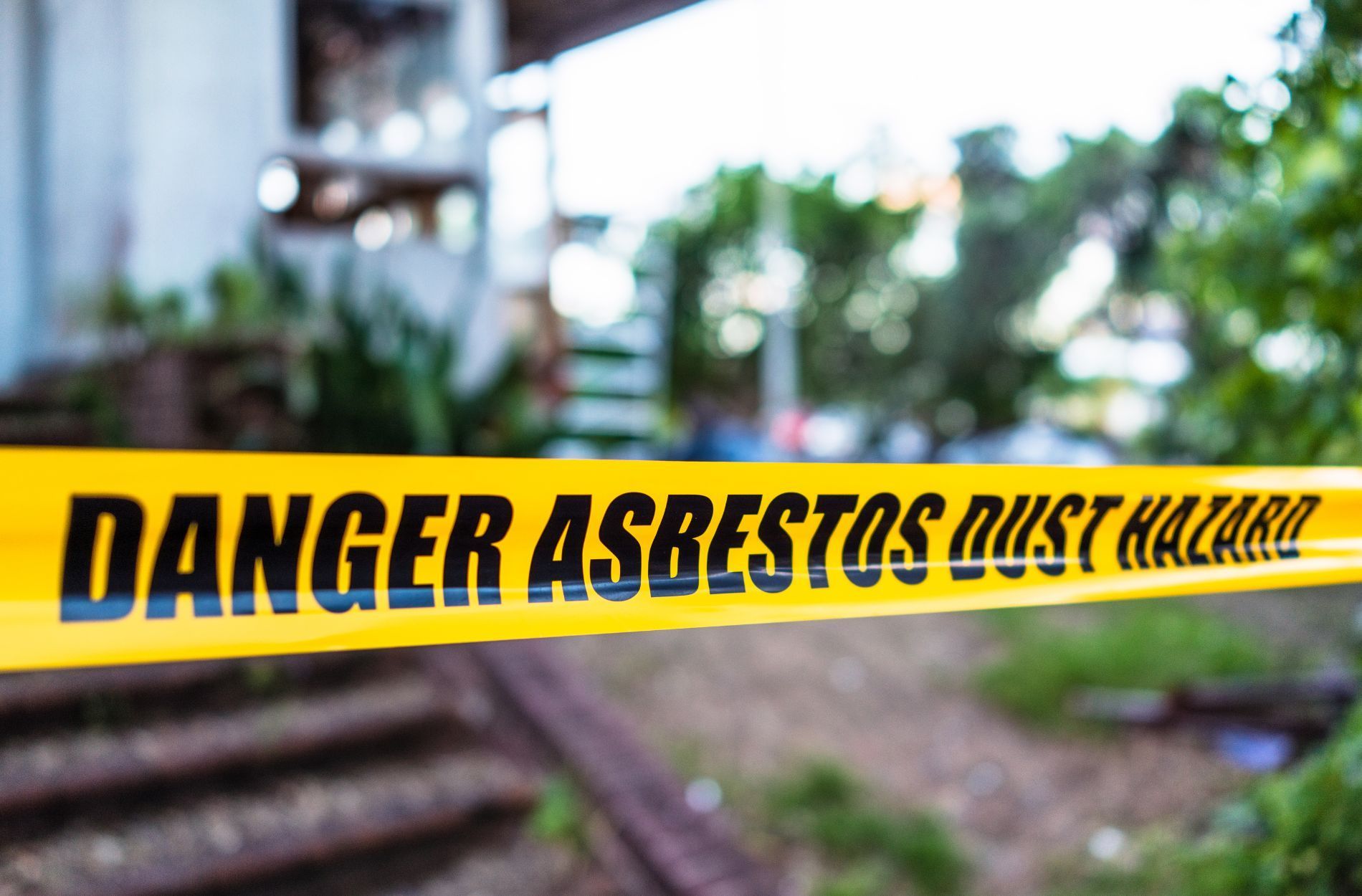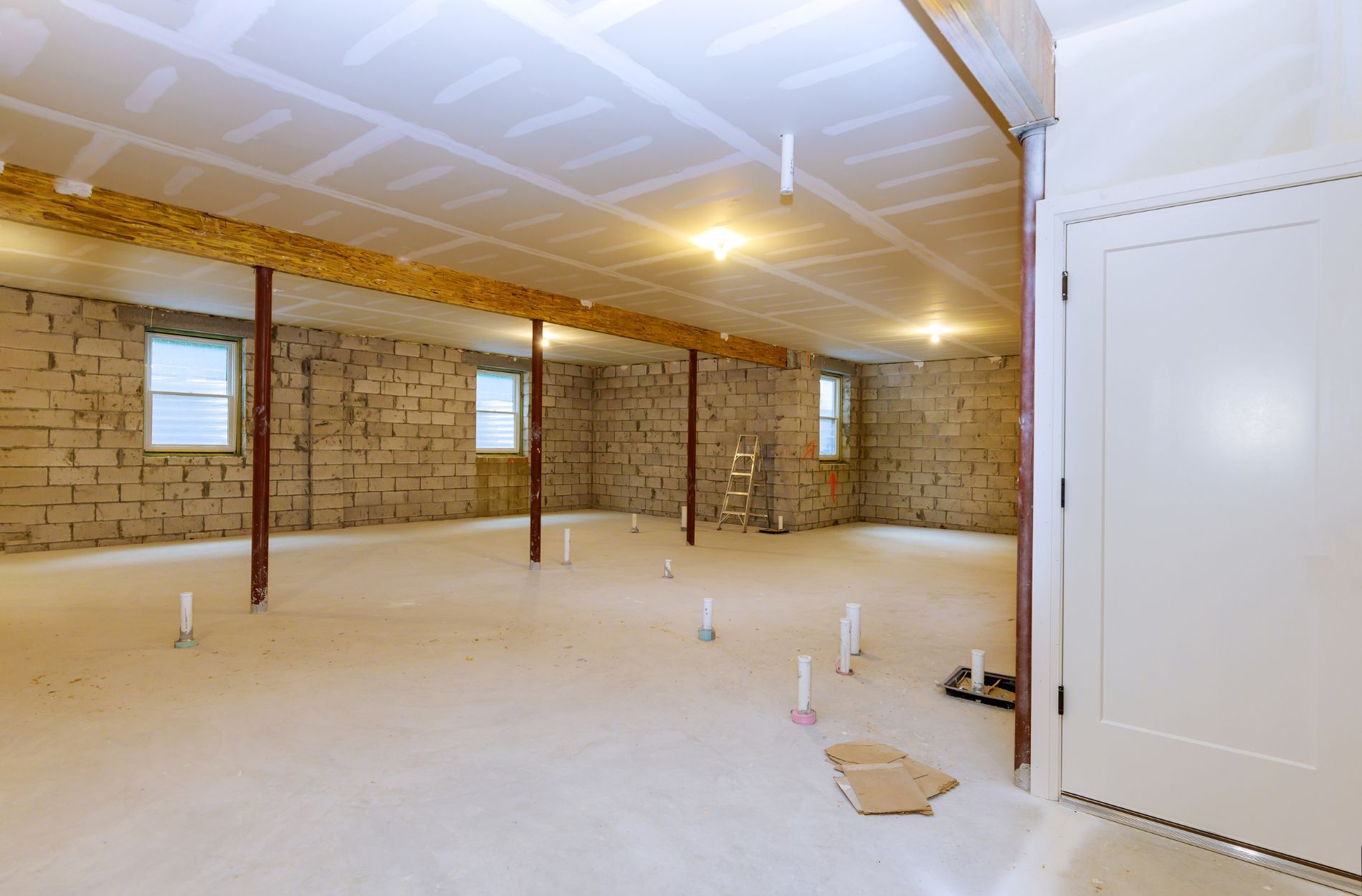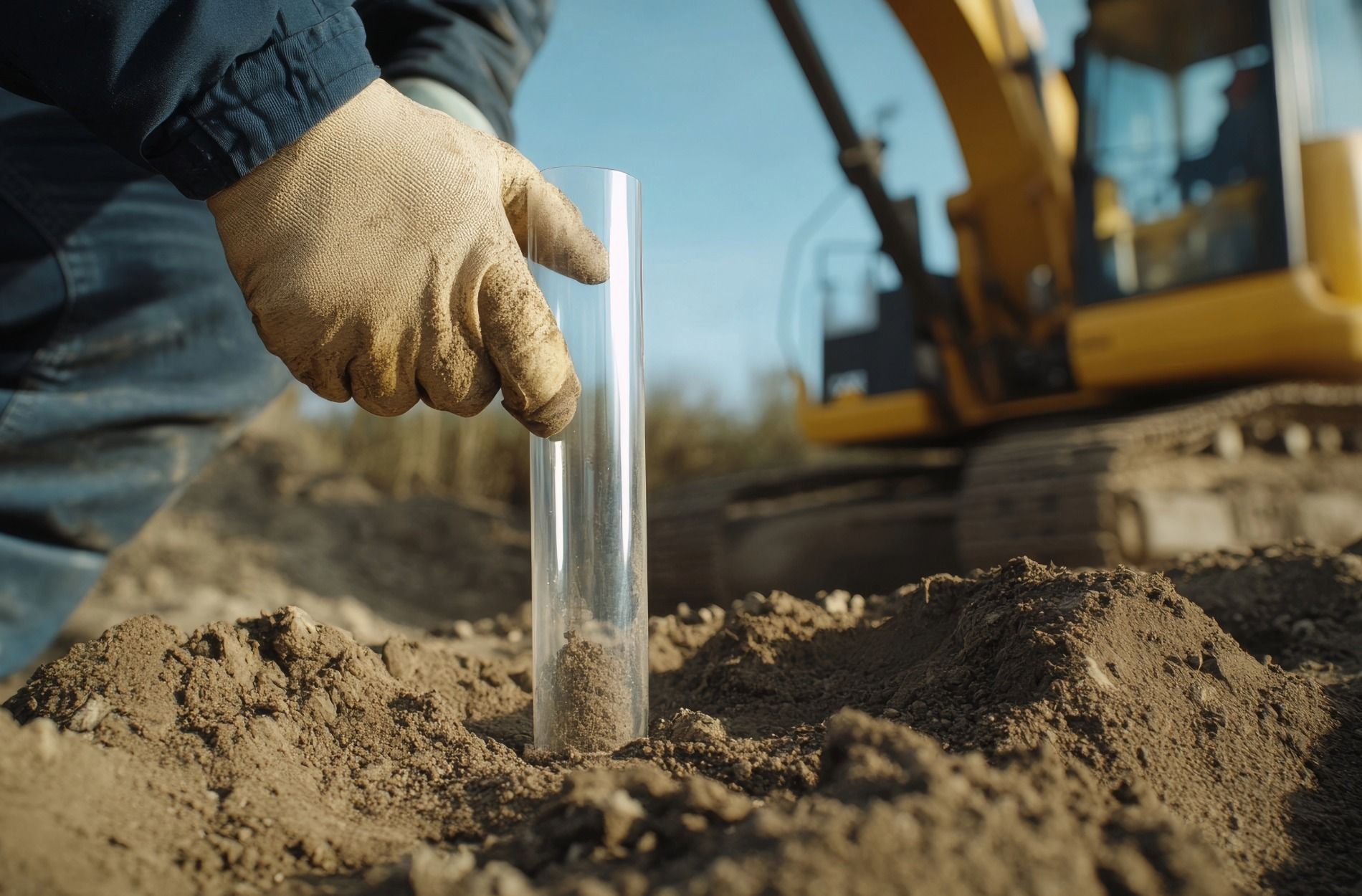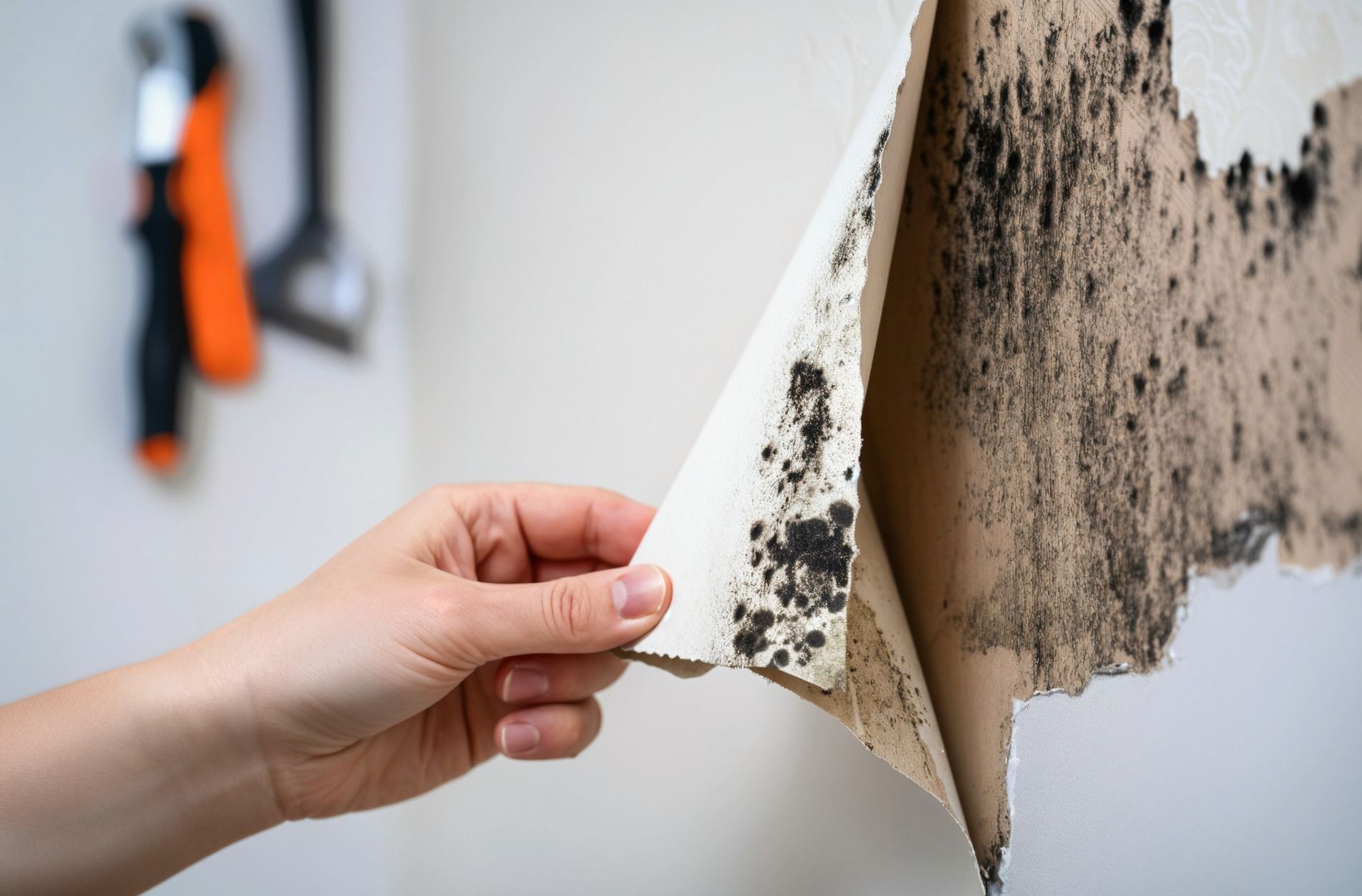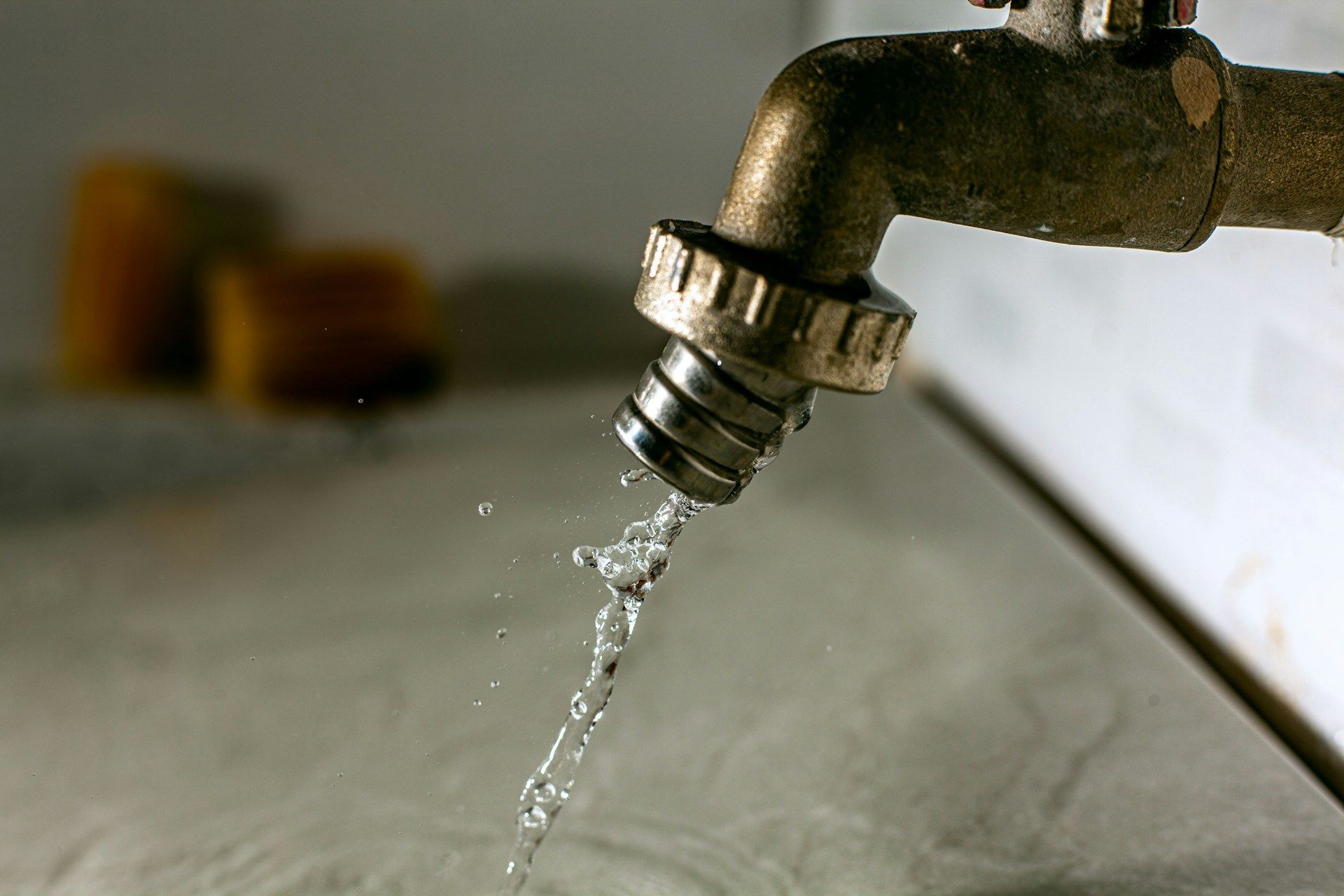Old Windows And Lead Paint: Professional Solutions
If your home or building still has its original windows from decades ago, there’s a good chance they’re coated with old layers of paint. That paint might not seem like a big deal until it starts to chip or crack. Many older paints, especially those applied before the late 1970s, contain lead. Once this lead-based paint starts to break down, it can create serious health risks for people living or working in the building.
Lead paint isn't always easy to spot. The finish might look smooth, but as it ages and peels, small bits of lead dust can get into the air or settle on surfaces where they don’t belong. These particles are easy to breathe in or touch without even realizing it. That’s why getting help from professionals is so important. Removing lead safely requires the right training and tools to keep everyone out of harm’s way.
The Risks Of Lead Paint In Old Windows
Lead was once a common ingredient in paint because it made colors brighter and helped paint stick and last longer. What we know now is that lead is dangerous, especially for kids and pregnant women. Even small amounts over time can affect how children grow, think, and behave. Pets can also be at risk when they come into contact with lead dust or flaking paint.
Old windows are often a major problem. They’re used every day, and that wear makes paint chip faster. Every time a painted window frame drags, sticks, or bangs shut, it can release dust or chips into the air.
Here are a few signs that your old windows might be leading to lead exposure:
- Paint around the frame is peeling, cracking, or bubbling
- Window sticks or scrapes when you open or close it
- Dust buildup on the sill or nearby surfaces
- Kids or pets often hang around worn-painted window areas
If any of these sound familiar, it might be time to check for lead paint. It’s not safe to scrape or disturb paint on your own. Even trying to peel a little back could cause dust to spread. Certified professionals know how to test carefully and figure out what needs to happen next.
Detecting Lead Paint In Your Property
Spotting the signs is a good start, but testing is the only way to know for sure. Any home or business built before 1978 could still have lead paint hiding underneath newer layers. That means even if something has been repainted, the lead might still be there.
Things to watch for:
- Chalky or discolored paint on window sills and trims
- Flakes that come off in square shapes instead of curling
- Cracked paint that looks like reptile skin
- Older wall types like plaster connected to original wood frames
If you see any of these, skip store-bought lead tests. They often miss the deeper paint layers and can’t always be trusted. Certified professionals use more accurate tools such as X-ray fluorescence (XRF) machines or lab-tested paint chip analysis.
An experienced inspector will also look at the dust and soil around your windows, which can become contaminated over time. Once the test results are in, you’ll know which areas are safe and which ones need attention. There’s no room for guesswork. Getting clear answers helps protect the people and animals who live in or visit your space.
Professional Lead Remediation Solutions
Once lead is confirmed, it needs to be handled the right way. This job isn’t something to hand off to a general contractor. Lead remediation needs training and a strong understanding of safe work practices. The type of solution will depend on how bad the lead problem is and where it’s located.
Here are a few common options:
- Encapsulation: This method uses a special coating to seal lead paint under a tough layer, which stops chipping or dust from forming.
- Enclosure: The contractor will cover over the lead-painted area entirely, like placing a new trim over an old window frame.
- Removal: This is the complete scraping or stripping of lead paint. Since it stirs up dangerous dust, it must be done with powerful vacuums and filters that keep particles contained.
- Replacement: Sometimes the best answer is to replace the old windows or wood altogether.
It’s not just about fixing the issue right now. Good lead remediation gives you peace of mind that the problem won’t return unexpectedly. Professionals control the work area to make sure dangerous dust doesn’t move into the living space. They also take the time to check their work, making sure the lead is fully dealt with before calling it finished.
At Oak Leaf Environmental, our team provides tested and reliable lead remediation services. We’re committed to making homes and buildings safer while keeping every project efficient and affordable.
Preventive Measures And Maintenance Tips
If you’re not ready to start remediation immediately, you can still take steps to lower the risk of exposure. These actions don’t remove the lead, but they help you manage it until the work can be done.
Tips to reduce short-term risks:
- Clean painted areas often with a wet cloth or mop
- Don’t scrape or sand any paint on windows or trim
- Use tape or contact paper to cover small sections of chipped paint
- Wash children’s hands, toys, and dishes frequently
- Look at window sills often and wipe up any signs of dust
After remediation is done, regular upkeep remains just as important. Even sealed or replaced windows should be checked from time to time to spot any changes. Keeping water out is also key, since moisture can break down paint and open the door to new problems.
Make small tasks part of your routine. Wipe down sills once a month. Fix any leaks quickly. Keep the space well-ventilated and dry during colder months. A little care prevents a long list of bigger issues.
Remediation doesn’t mean you’re in the clear forever. Buildings shift, weather wears things down, and no paint lasts forever. Staying alert gives you more control over the living environment and helps you avoid another round of trouble down the road.
A Safer Space Starts With Awareness
Lead paint isn’t just an old home issue. It might still be hiding beneath a few layers, especially in older windows and wood framing. If the surface looks untouched, that doesn’t always mean it's safe.
Taking time to check and test now can protect the health of your family, children, tenants, visitors, and animals. Even if nobody is sick, prevention goes a long way. Small lead problems can quickly become much bigger when ignored.
Acting early saves you stress, time, and money. And you don’t have to handle it alone. Getting expert help means working with a team that understands how to make the environment safer from day one and knows the right steps to fix what needs fixing. Whether it’s your home or your business, addressing lead head-on helps create a space everyone can trust.
Lead paint problems can seriously impact the safety of your living or working environment. Taking steps to address them not only protects your loved ones and occupants but also gives you peace of mind. If you're ready to tackle this issue head-on, consider professional help through comprehensive
lead remediation. Let Oak Leaf Environmental guide you through the process with their expertise and commitment to providing a safe space for everyone.
